|
HOME: www.hiltonpond.org |
|||
THIS WEEK at HILTON POND Subscribe for free to our award-winning nature newsletter (Back to Preceding Week; on to Next Week) |
-- ONLY TWO SLOTS LEFT! -- Come be part of a real |
WHAT HAPPENED IN AUGUST? August 2017 was an happening month at Hilton Pond Center, from weather to astronomical phenomena and computer snafus to bird migration. It was one of the coolest summer months we can remember--even though we were unable to archive a true temperature account because of catastrophic failure of the fusion drive on our main computer. This glitch brought us to a screeching halt on digital work and kept us from being able to log and post minute-by-minute readings from our digital weather station; even worse, it left a gaping mid-month hole in our long-term Hilton Pond data set. The good news was that multiple back-ups allowed us to recover all our banding records, correspondence, and photo files, so the worst parts were having to spend limited funds on a new computer, wait for it to arrive, and undertake the time-consuming task of re-configuring it to do everything like the old machine. Happily, we're finally up and running again on the digital end, although 'way behind on a number of late summer tasks. (Our apologies for the latter.)
All text, maps, charts & photos © Hilton Pond Center August began with a noticeable influx of Ruby-throated Hummingbirds at Hilton Pond Center. Feeder visits by immatures of both sexes became more numerous, and our sugar water usage doubled over what it had been earlier this summer. (We ended July with 93 ruby-throats banded for the year; of these, 52--a little more than half--were adults of either sex.) Of particular interest were several adult males showing extensive head molt. Although ruby-throats do not typically molt tail or wing feathers on their North American breeding grounds, many begin replacing body feathers--including those on head and gorget--prior to southbound migration. The adult male in the photo above exhibited an especially heavy complement of "pinfeathers" at the base of his bill and around his eyes. Each pinfeather was enclosed by a sheath of keratin that would soon wear away to reveal the final feather within. Even his lower "eyelashes" were in quill. After banding and release we didn't see this particular male again--possibly because adult male Ruby-throated Hummingbirds are known to depart for the Neotropics as early as the first week in August. Incidentally, our Operation RubyThroat research in Central America shows adult males are nearly as territorial on their wintering grounds as at Hilton Pond, so it may be males are adapted for getting "down there" first--just as they return early and establish breeding territories "up here" before females arrive.
All text, maps, charts & photos © Hilton Pond Center August continued with what has become our more or less annual pilgrimage to High Point North Carolina, where Liz and Tom Schmid (below left, with a gargantuan chickadee)--proprietors of that town's Wild Birds Unlimited store--hosted us for one of our "Hummingbird Mornings" events. During 90-minute sessions on the shores of Oak Hollow Lake we were excited to show more than 200 hummingbird enthusiasts how we go about capturing, measuring, banding, and releasing Ruby-throated Hummingbirds.
All text, maps, charts & photos © Hilton Pond Center Back home at Hilton Pond we were entertained throughout August by swooping flight and loud vocalizations--not by hummingbirds but a couple of immature Red-shouldered Hawks that undoubtedly fledged from a nearby nest. We see young of this species every year at the Center, and since the known age record for red-shoulders is 20 years it's entirely possible the same pair has nested locally for a decade or mere. The two youngsters are indeed vocal, screeching at their parents and making the boisterous jay-like call that seems to upset all the birds in the neighborhood. The immature individual in the photo above--perched on a Pecan snag created three autumns ago when a giant oak fell--is likely a female because of her size; males are about a third smaller. Her immaturity is revealed by her muddy iris and the lack of any real rustiness on her shoulder. From the front she would show vertical brown streaking rather than the horizontal red bars of an adult.
All text, maps, charts & photos © Hilton Pond Center On 14 August we ran a few mist nets as we awaited arrival of our new computer. First bird of the day was a hatch-year Carolina Chickadee (see our file photo above) that happened to be the 600th of its species banded locally since 1982. As such CACH are now the 17th members of Hilton Pond Center's "600 Club." This individual was the 16th we've banded in 2017; our annual average over 36 years is 17, with last year's total of 43 surpassing the previous record of 35 set in 2011. Long-term banding data indicate Carolina Chickadees have increased locally through the years, likely because the Center's woodlands have become more extensive. (Chickadees are cavity nesters that prefer old hardwoods, although they also will occupy boxes put out for bluebirds. We suspect our chickadee population also may have grown because we offer an exorbitant amount of tasty black sunflower seeds.)
All text, maps, charts & photos © Hilton Pond Center In the days leading up to 21 August we were torn about where we should be at that point on the calendar: Home at Hilton Pond Center or at a relative's house in Powdersville near the northwest corner of South Carolina. Our indecision arose because of the much-anticipated total solar eclipse occurring that day. Powdersville lay in the path of full totality, while the Moon would block "only" 98% of the Sun here at the Center. In the end we opted to stay home, thus avoiding an anticipated traffic quagmire (that actually did happen) but also so we could observe any sort of behavioral change among local wildlife. As the eclipse progressed at mid-afternoon, we photographed strange crescent-shaped shadows (above) filtering onto the Center's gravel driveway through the compound leaves of a Pecan tree. At the peak of the eclipse our noisy Dog-day Cicadas stopped stridulating for a minute or two, but it apparently didn't get dark enough for night-calling crickets and katydids to get cranked up. Ruby-throated Hummingbirds were seemingly undeterred by this astronomical oddity; they continued to feed as we humans peered skyward through our eye-saving eclipse glasses that we'll put away until the next big one comes around in the U.S.
All text, maps, charts & photos © Hilton Pond Center That next easily accessible total eclipse is on tap for 8 April 2024; it will sweep up the Ohio River Valley and along the St. Lawrence Seaway (see map above) before heading into the North Atlantic. We were thinking Medina OH or Morristown NY might be good spots from which to experience totality.
All text, maps, charts & photos © Hilton Pond Center Those of you who know our signature quote "Never trust a person too lazy to get up for sunrise or too busy to watch the sunset" won't be surprised to hear we spend a lot of time facing west in late August and early September. Sunset is part of the allure, of course, but the real draw is that three-week span is when we expect to see Common Nighthawk migration in the evening skies above Hilton Pond Center. After supper on 26 August we went out to sit on the pier on the pond and--just as anticipated--within a matter of minutes we spotted our first nighthawk (above) moving through. We strongly encourage you to follow our lead during fall migration and stake out a good viewing spot starting at about 6:30 p.m. EDT. If the weather is right for an hour or so you may be rewarded by one or more of these amazingly aerobatic goatsuckers as they feed along the way toward wintering grounds in South America. (Repeat every evening until--or because--you're successful! And don't forget to report your sightings and numbers to eBird.)
All text, maps, charts & photos © Hilton Pond Center A year ago Dr. Rachel Pigg visited Hilton Pond Center with fellow members of the Greenville County Birding Club who had booked a hummingbird banding workshop. This year Rachel, a college professor, reflected on that productive trip and decided it would be a good experience for her introductory ecology students. Alas, when she called to inquire about availability we had mixed feelings at the Center; after all, she teaches at Presbyterian College--long-time arch-rival of Newberry College, the latter of which is the beloved alma mater of many members of the Hilton Clan. However, putting science and environmental education ahead of family tradition, we good-naturedly agreed to schedule the session. The PC students were inquisitive, enthusiastic, and participatory, and we were pleased Rachel brought them to Hilton Pond for their first field trip of the new school year. (NOTE: Groups and individuals can arrange for Guided Field Trips by contacting us at EDUCATION. The Center is open to the public only by appointment.)
All text, maps, charts & photos © Hilton Pond Center From our office in the old farmhouse at Hilton Pond Center we can gaze out a window at an above-ground bird bath surrounded by lush growth of Virginia Creeper vines. (And we happily admit we spend a LOT of time gazing out that window.) The last week in August we began to notice some colorful insects fluttering about the vegetation and went out for a closer look, toting camera and long lens. As we approached the bird bath e expected to see butterflies but only spotted an oddly shaped organism (above) perched on one of the vines. We snapped a few photos and puzzled over what it might be.
All text, maps, charts & photos © Hilton Pond Center Suddenly the critter spread its wings and revealed its true identity: It was as brightly colored a Question Mark butterfly as we have ever seen, one with spectacular hoary edging to all four wings. Question Marks, Polygonia interrogationis, are relatively common and are highly variable in appearance; they are often confused with closely related Eastern Commas, P. comma. Both species take their names from punctuation-like markings on the undersides of their hindwings (which resemble dead leaves). Around Hilton Pond, Question Mark adults feed on wild fruits that have begun to rot, particularly muscadine and persimmon. Their larvae apparently forage on foliage of Hackberry trees, Celtis occidentalis, of which we have many prime specimens.
All text, maps, charts & photos © Hilton Pond Center As August waned the Center saw some rainy days, a couple of which had interesting impact on the colony of Rootless Duckweed, Wolffia columbiana, that invaded the pond this summer. (See our recent write-up at Duckweed Turnover.) During one particularly heavy downpour the duckweed all moved toward pond center, making a big floating island. We suspect this happened because run-off all around the pond caused enough surface movement to push the duckweed into a central pile. On a second rainy day winds from the east simply pushed the duckweed into a dense layer against the dam on the pond's west edge (above). In both cases, within a day or so after rains abated the duckweed spread out again, re-forming a green coat across the pond's entire surface. So that was August, from off-site workshops and on-site field trips to butterflies and hawks and eclipses. We found time to catch a few birds while bringing our new computer up to speed and by month's end had banded another 76 Ruby-throated Hummingbirds--only EIGHT of which were adults. It's pretty obvious from this the older birds are departing and hummer season is already winding down--although through the years our most productive time for banding ruby-throats at Hilton Pond Center has been is the first two weeks of September. We now know what happened in August. Let's see what September brings! All text, maps, charts & photos © Hilton Pond Center Don't forget to scroll down for Nature Notes & Photos, 
Checks can be sent to Hilton Pond Center at: All contributions are tax-deductible on your |
|---|
|
"This Week at Hilton Pond" is written and photographed by Bill Hilton Jr., executive director of Hilton Pond Center for Piedmont Natural History
|
|
|
Please refer "This Week at Hilton Pond" to others by clicking on this button: |
Comments or questions about this week's installment? Send an E-mail to INFO. (Be sure to scroll down for a tally of birds banded/recaptured during the period, plus other nature notes.) |

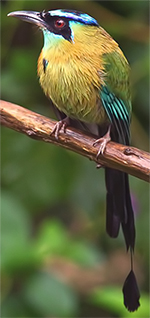 STILL TIME TO SIGN UP
STILL TIME TO SIGN UP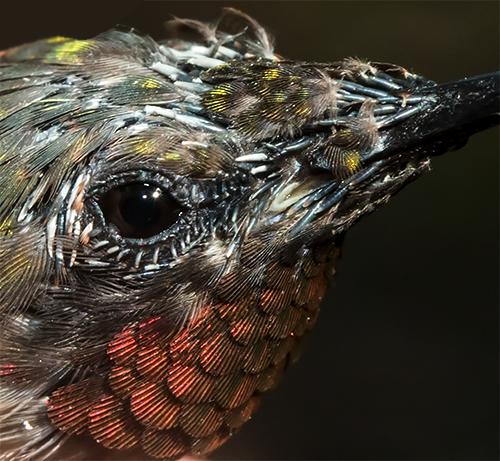
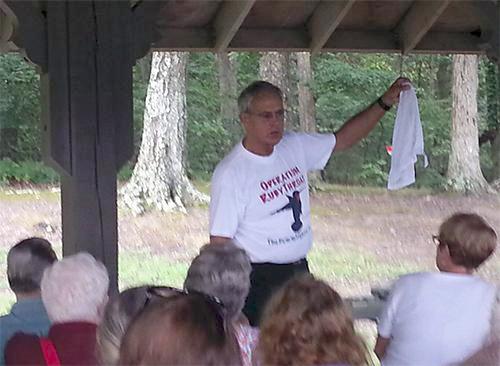
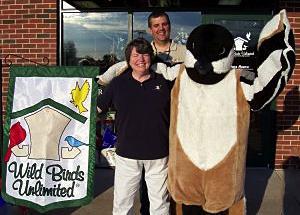 Attendees ranged from toddlers to a couple of bus loads from local retirement homes--and we even greeted some
Attendees ranged from toddlers to a couple of bus loads from local retirement homes--and we even greeted some 
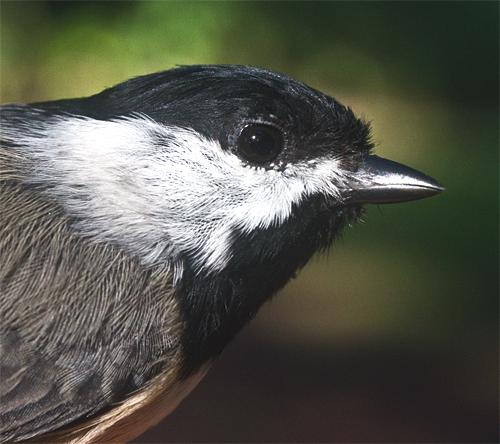
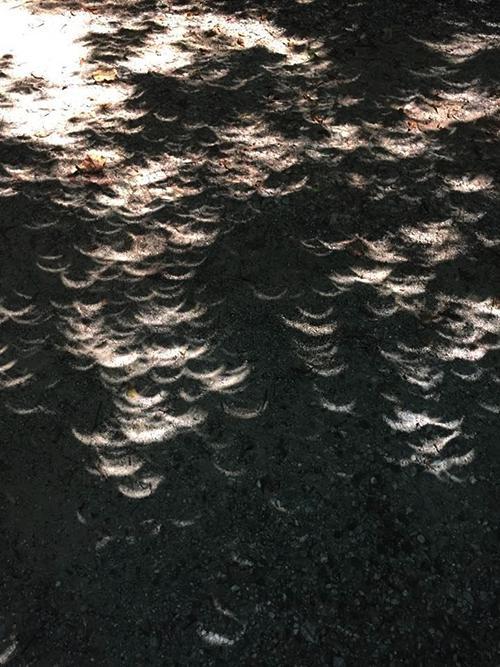

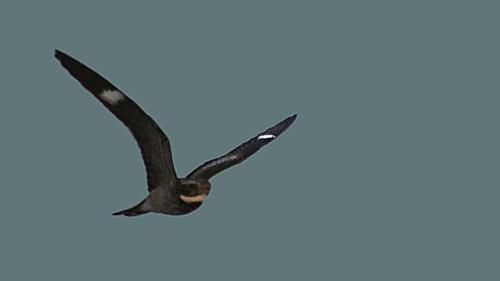
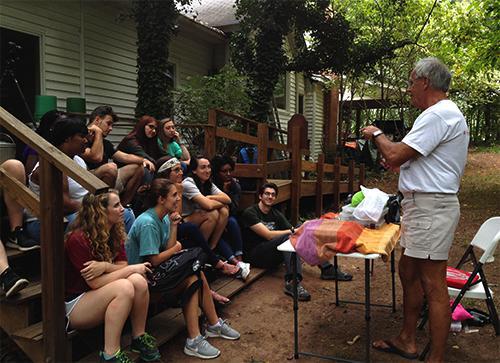
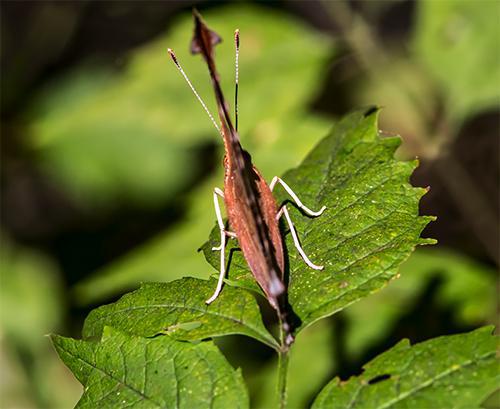
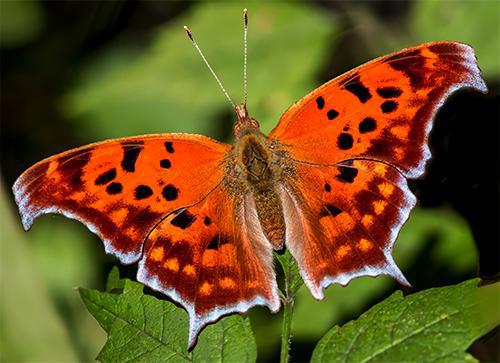









 Please report your
Please report your